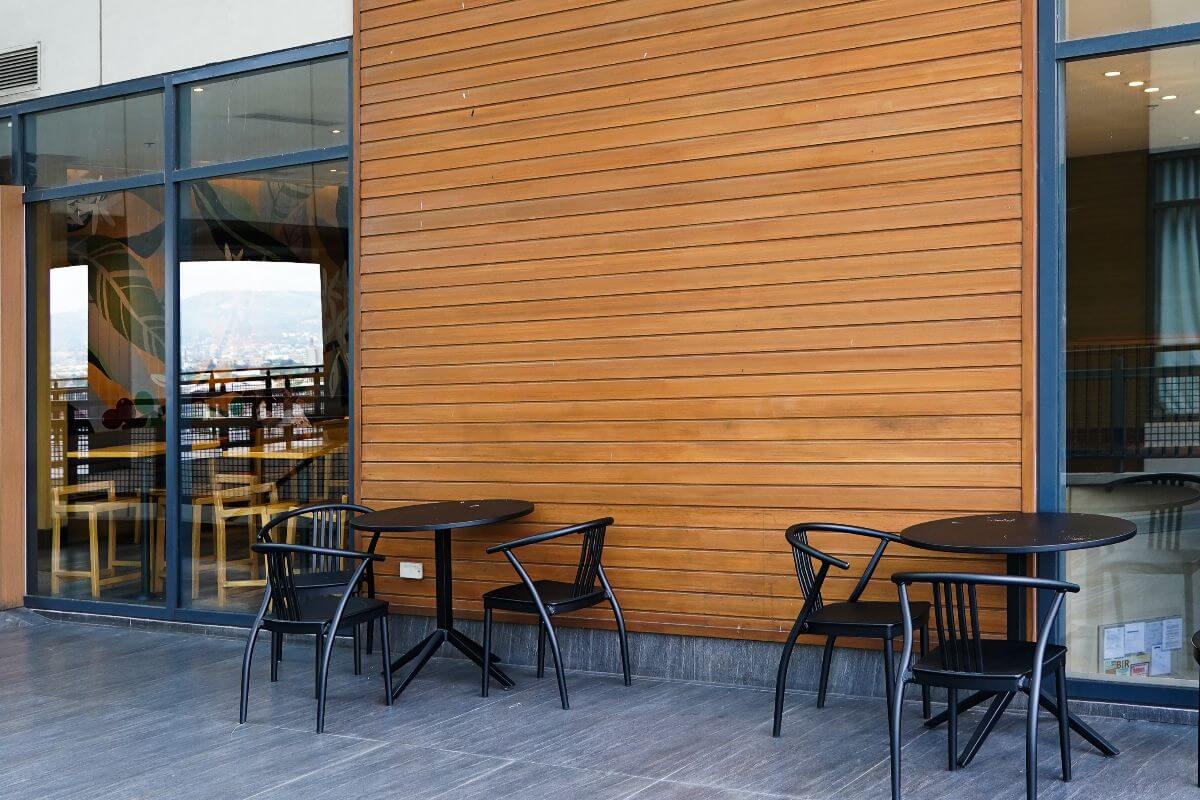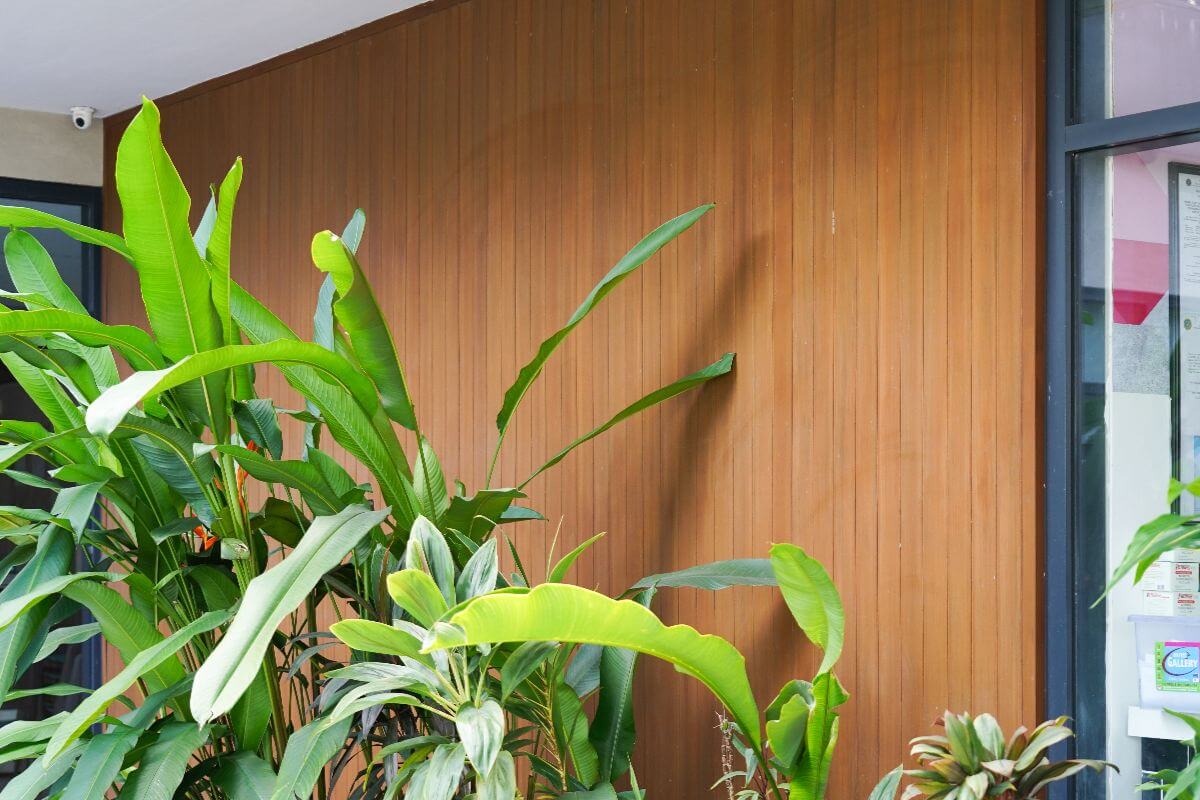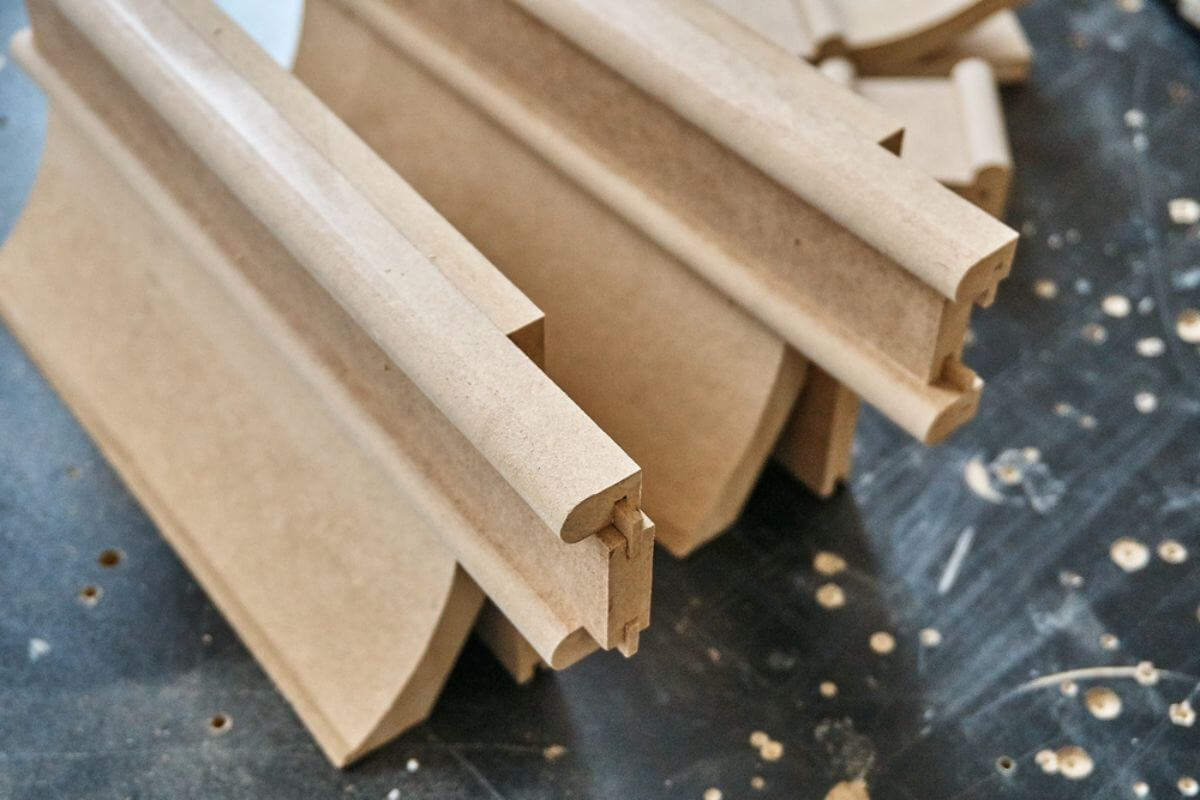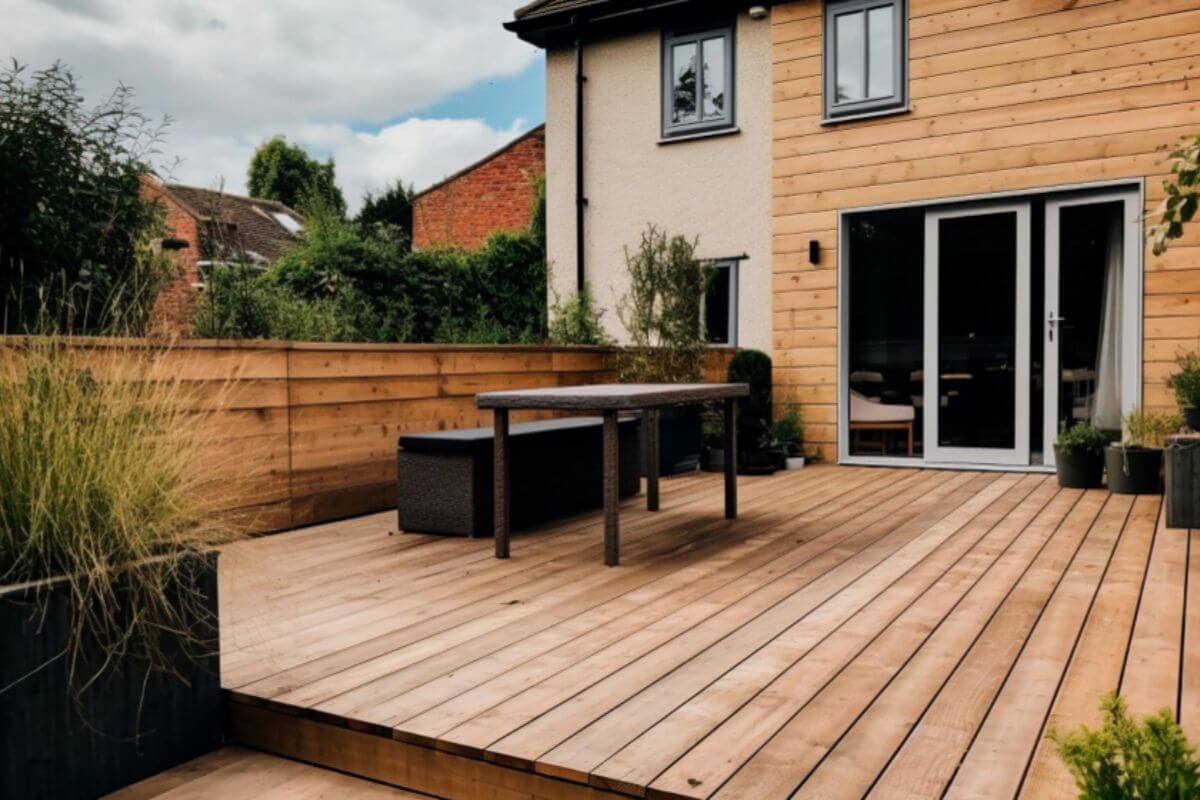GET A FREE CATALOG
Residential vs. Commercial Wall Cladding Prices in the Philippines
Overview
Wall cladding prices in the Philippines vary based on project scale, materials, design complexity, and installation needs.
Commercial projects cost more due to stricter requirements and maintenance, while residential ones offer more flexibility.
Choosing durable, low-maintenance materials like Biowood helps manage costs without compromising quality or visual appeal.
If you’ve ever noticed how wall cladding on a modern office tower looks very different from that on a residential home, or wondered why their costs vary so much, you’re not alone. Wall cladding influences a building’s appearance, durability, and energy efficiency, but pricing differs due to scale, materials, and installation requirements.
In this article, we will explore residential vs commercial wall cladding prices in the Philippines to help you plan your project with clarity.
What Affects Wall Cladding Prices in the Philippines?

Before choosing wall cladding, it’s important to know what affects your budget. Here are the key cost factors in the Philippines:
Material Type
Wall cladding prices largely depend on material choice. Premium options like natural stone, hardwood, and metal panels cost more for their look and durability, while budget-friendly alternatives like Biowood’s wood-plastic composite offer long-term savings with lower maintenance.
It’s not just about upfront costs; consider how your chosen material handles moisture, termites, and UV exposure in the Philippines’ climate. Picking the right material can help you avoid frequent repairs or replacements later, so weigh the balance between initial price, durability, and maintenance for your specific project needs.
Design Complexity
The more intricate your cladding design, the higher your costs will likely be. Patterns like herringbone or geometric layouts, custom finishes, and integrated lighting features require extra cutting, alignment, and attention to detail from installers, increasing labor and time costs.
Even color combinations and layered textures can increase your budget if they require special preparation. A modern minimalist design may cost less in labor, but if you’re aiming for a striking, highly customized façade, be prepared to allocate more funds for its execution while ensuring it aligns with your vision.
Installation Requirements
Not all projects are straightforward. High-rise commercial buildings often need scaffolding, safety measures, and specialized equipment, while residential projects may require less intensive preparation.
If your walls need surface repairs, waterproofing, or structural reinforcements before installation, these will add to your costs. The type of cladding you choose also matters; heavy materials may require stronger support systems, while lightweight options can reduce labor and installation time.
Key Differences Between Residential and Commercial Wall Cladding Prices
Wall cladding prices in the Philippines vary based on whether the project is residential or commercial. Here’s how the costs differ:
Scale of the Project
Larger surface areas in commercial wall cladding projects often allow for bulk material purchases, lowering the per-square-meter cost. However, the scale also demands more labor, equipment, and time, raising overall expenses. Residential projects are smaller but often involve more design customization, keeping costs steady despite using fewer materials.
Material Choices
Material choices for wall cladding vary between residential and commercial projects, significantly affecting costs. Commercial buildings often use more durable, high-performance materials like aluminum composite panels, high-grade metals, or large-format stone to withstand heavy use and pollution, which are generally more expensive.
Residential projects often prioritize aesthetic and warmth, opting for wood-plastic composites, treated wood, or lighter stone options that can be more budget-friendly while still durable. Commercial clients may also need fire-rated or specialized cladding for compliance, increasing material costs further.
Installation Complexity
Commercial cladding installations often involve complex planning, stricter safety compliance, and specialized equipment, especially for high-rise buildings. Added factors like permits, nighttime work, and coordination with multiple contractors increase overall costs.
Residential installations are usually simpler and more flexible, though intricate designs can raise expenses. These factors make commercial projects generally more expensive.
Maintenance Planning and Cost Differences
Due to exposure to pollution, heavy foot traffic, and branding requirements, cladding on commercial buildings often needs frequent inspections and cleaning, leading to higher maintenance costs. In some cases, specialized crews or equipment are also needed for high façades, further adding to upkeep expenses.
On the other hand, residential wall cladding typically requires less frequent maintenance and can often be managed by homeowners, reducing ongoing costs. However, material choice and exposure to elements will still affect residential upkeep.
Tips for Managing Cladding Costs in Both Residential and Commercial Projects

Wall cladding enhances your property’s appearance, protection, and value. If you’re budget-conscious, here are tips to manage costs effectively:
Choosing Materials That Balance Price And Durability
Choose materials like Biowood that offer the look of wood with long-term durability. Unlike traditional wood, they require less upkeep and replacement. Selecting weather-resistant cladding suited to the Philippines helps manage upfront costs while ensuring lasting performance with minimal maintenance.
Working With Reliable Suppliers
You might want to partner with reliable suppliers like us at GRM Biowood when planning your cladding project. Trusted suppliers like us can guide you toward the right materials that fit your budget and offer warranties that protect your investment. A dependable supplier can ensure quality installation support so you get the most out of your cladding.
Considering Low-Maintenance Options
Choosing low-maintenance cladding materials can help you save on long-term costs. These materials resist moisture, pests, and harsh weather, reducing the need for frequent repairs or treatments. This means you won’t need to spend on constant repainting or sealing, making your cladding easier and cheaper to care for.
Key Takeaway
Understanding residential vs commercial wall cladding prices in the Philippines can help you align your design goals with your budget while ensuring your investment brings both aesthetic and functional value.
If you’re looking for a stylish, durable, and sustainable cladding solution, GRM Biowood’s wall cladding is ideal for both residential and commercial projects in the Philippines. Contact us today to discover how we can help bring your vision to life efficiently and beautifully.


